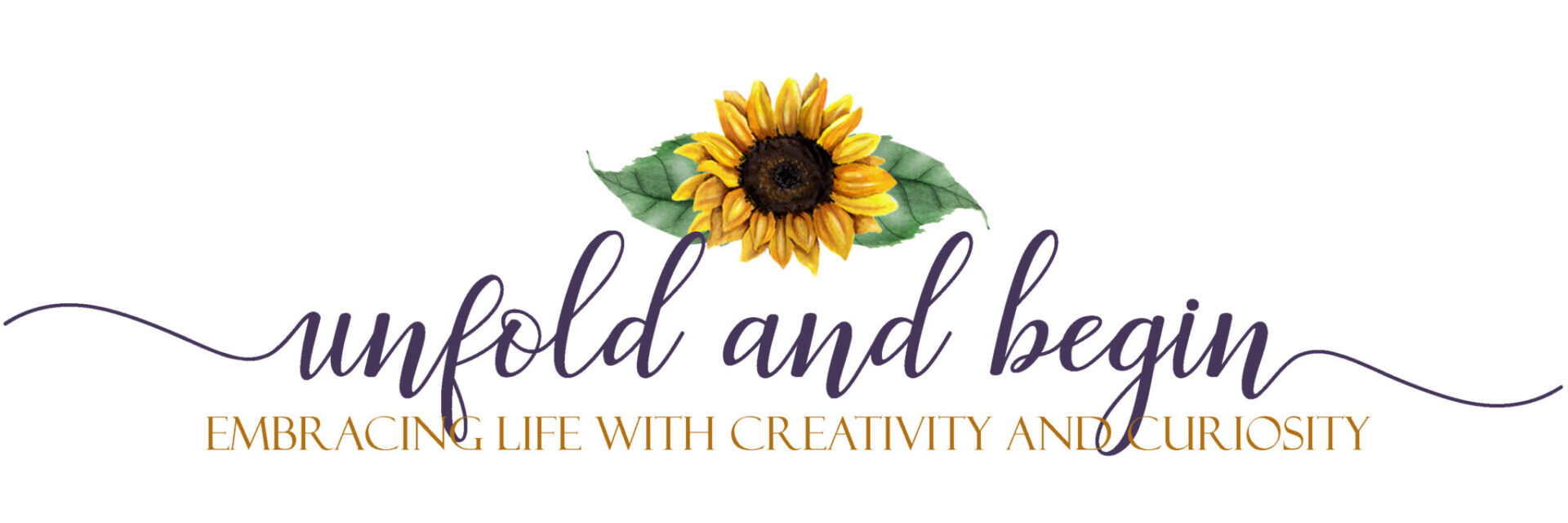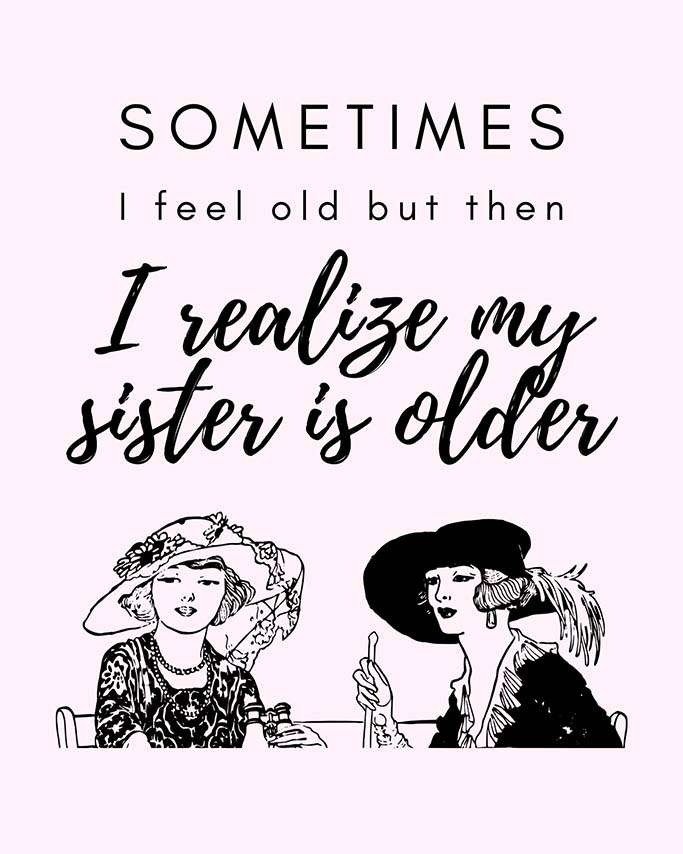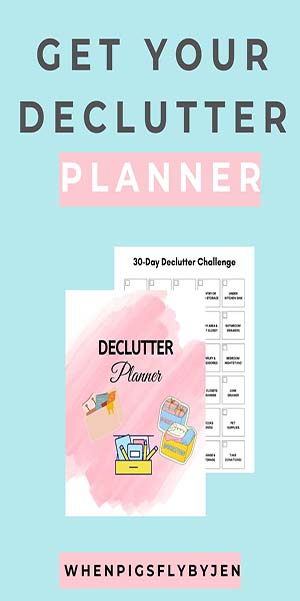O is for Open in the A to Z Challenge. Whether it’s change, adventure, or a new learning experience, we need to be open to it, be open to change.
This is when No doesn’t work. Change happens all the time. It happens to us as we age. Change happens in nature. It happens in work, relationships, and your likes and dislikes.
But, often, we find ourselves resisting change even if it’s good for us. That bad relationship? We don’t change because it’s easier to stay in a bad one than try to find a new one. Or we get into a rut of doing the same thing every day. Get up, eat, go to work, come home, eat, watch tv, and sleep. Rinse and repeat the next day.
In work, we find ourselves resisting change because we don’t know how it will impact our job. So we become resistant to new ideas, technologies, or ways to do things. We might even be resistant because we didn’t think of the idea first.
Two Roadblocks to Change
There are two main reasons why people are resistant to change. One is fear, and the other is complacency. These are two different sides of the same stick.
We fear the impact change will have on us. Will we get more work, will our job completely change, will I lose my seniority, report to someone new, or lose my management position? Will this new technology be over my head? Which is a fear that those of us who are older may relate to.
For some people, fear of change is so intense it’s called metathesisphobia. Professional help may be needed.But for most, this fear can be managed. You need to do the research and take the training if this is work-related. Take it again if you feel unsure or need to practice more. Try to embrace it rather than resist it. Make a game out of it.
In my last company, we rolled out a new technology that was an overlay for an older system. Everyone was used to the older system, but the overlay combined different systems into one tool. It would make their job easier…if they used the new tool.
The problem was the new tool was a little clunky, and its original version didn’t include all the other systems yet. It was difficult to learn at first because it was so different from the old system. But we still needed people to start using it and provide feedback. And yet, almost no one was using it. But there were a couple of early adopters, so we tasked them with creating training to help their peers.
They didn’t just create a training; they gave the tool a nickname and a logo, they created games to play to make it more fun to learn, and it worked. Not only was this new tool accepted and used, but it became the basis for future iterations that tied in all the tools they needed to use (databases, troubleshooting tools, etc.) into one easier-to-use overlay.
Complacency is the other side of the stick. It’s not that we fear change. We don’t want our schedule – our ruts to be disrupted. Complacency is what happens when we get used to doing things one way, and we don’t want to disrupt that pattern because it’s a pain in the ass. It might add extra time to what we do, it might require additional energy that we’re not interested in giving.
A complacent company is one that doesn’t see new ideas as being able to help them grow. That’s what happened to Eastman Kodak in Rochester, NY. Back in 1975, one of their engineers created the digital camera. The executives thought it was cute but didn’t see how it would help their company because they mainly relied on film for their bread and butter.
Then in 1981, Sony came out with a digital camera and disrupted the film business.
Years ago, I’d gotten complacent as well. I was married and raising a child and found my life turned into just what I described above. I woke up, ate, got my son to daycare or school, then I worked, came home, ate, watched TV, and went to bed. Sometimes other things would crop up, like going to basketball or football games that my son played in, but not really much else. On top of that, I was smoking and overeating and not happy.
It took a jolt of energy from a friend that got me out of the house and hiking, which eventually led to me quitting smoking and losing weight. It also led to uncomfortable changes, like divorce, but even though it was uncomfortable at the time, it was better that I went through it. I could have stayed complacent and in a body and life that I was unhappy with.
I’m glad I was open to change.
How to Be Open to Change
Take small steps first. If I didn’t actually start hiking first, I would never have quit smoking. But the more I hiked, the more I wanted to hike, but it was hard because my lungs weren’t efficient.
Make a game out of change. Dare yourself to do one small step for a small prize. Or challenge someone else going through the same change. Try to find fun in doing new things. For instance, if you’re trying a new restaurant, don’t just eat all the same things you normally do at your old restaurant. Instead, try a new appetizer and get what you’d normally order for your main course.
If you don’t like what you tried, at least you know, and because it was an appetizer and not the main course, you didn’t waste too much money. But there’s a chance you’ll have an opportunity to try something that’s wonderful and now becomes a new regular for you to order.
If trying new things gets overwhelming, you can always take a step back, practice some breathing exercises and then try again when you’re ready. Read these Starting Over interviews to learn how others have adjusted to change.






Good advice!
Nice post. I tend to accept and adapt to change fairly well for the most part. I’ve had a life filled with changes–several moves, a number of jobs, 3 marriages, and much of my life living on the road for my job. Things happen and change is inevitable. In my older age I can tend to get a bit stuck in my life and more obstinate to certain change, but I’d welcome any positive change that comes my way.
Lee
Yes. I tend to be more resistant to change when it doesn’t make sense. Right now, I’m going through a change at work, and we have to accept it without explanation. I could understand if people were trying to give us a big-picture overview, but they’re not. They just roll out changes without trying to get buy-in from employees, and that doesn’t make for great morale.
I tend to vacillate between resistance and early adoption – maybe due to my 30 years in IT. Great article!
Donna McNicol – My A to Z Blogs
DB McNicol – Small Delights, Simple Pleasures, and Significant Memories
My Snap Memories – My Life in Black & White
Yes. I understand. I spent 25 years in telecommunications, from full installs in cars to the iPhone 8 (our office was closed in 2017.) I remember when we were all encouraged to send text messages to each other so that we would feel comfortable getting our customers to use this new technology. And now it’s basically replaced phone calls.
I fully admit to preferring emails over phone calls – I spent way too many years on the phone with clients. Growing up, I never understood how my mother could let a phone ring and not answer. Boy, I sure do understand now. We never answer our landline (required to have internet) and never answer my cell for unknown contacts. LOL!
Growing up, we’d all race to the phone…what if it was a friend or a boy calling? But back then, there was no robocalling. Usually the person on the other end of the line was someone you wanted to speak to.
Yes! You’re so right…